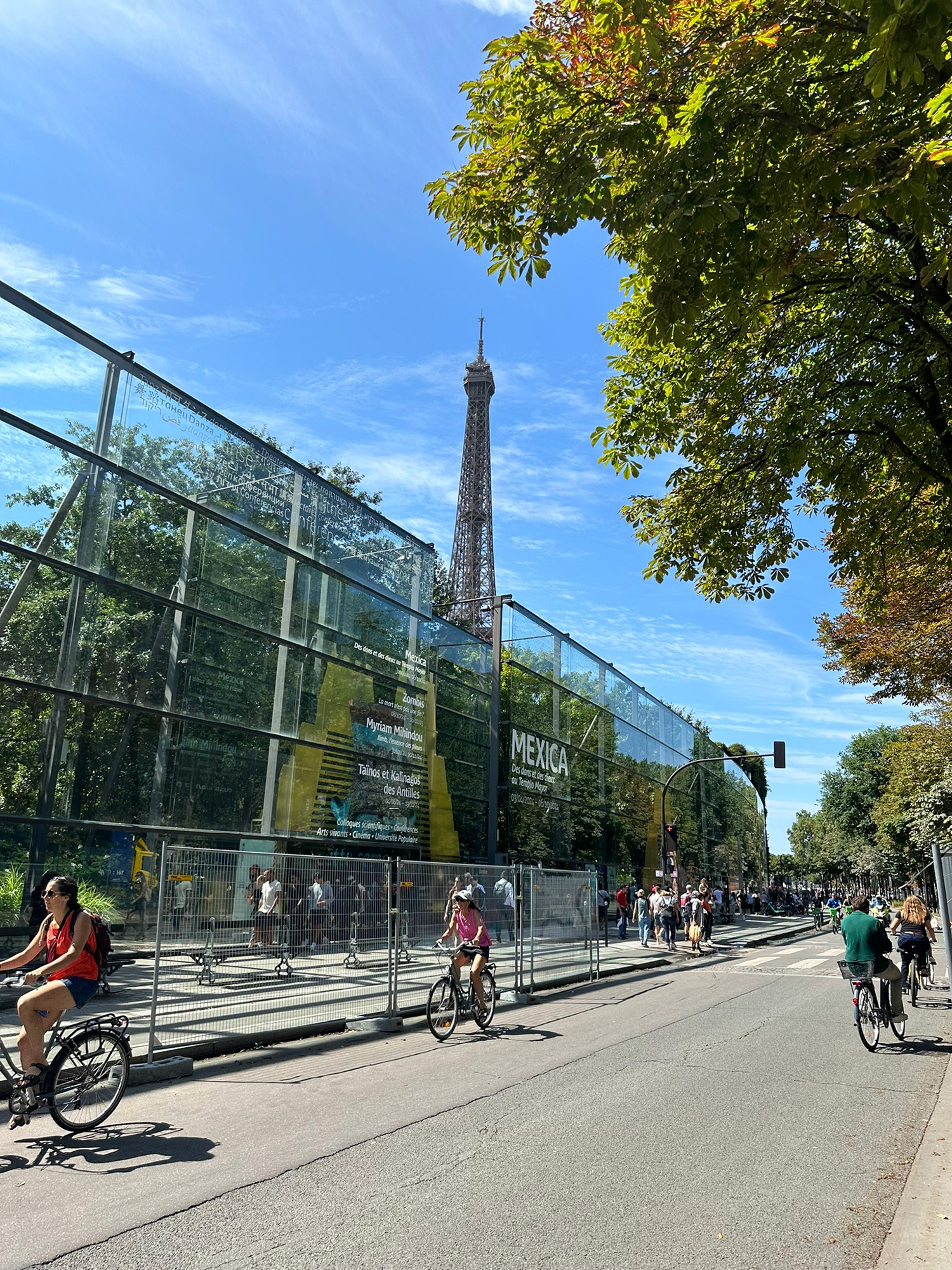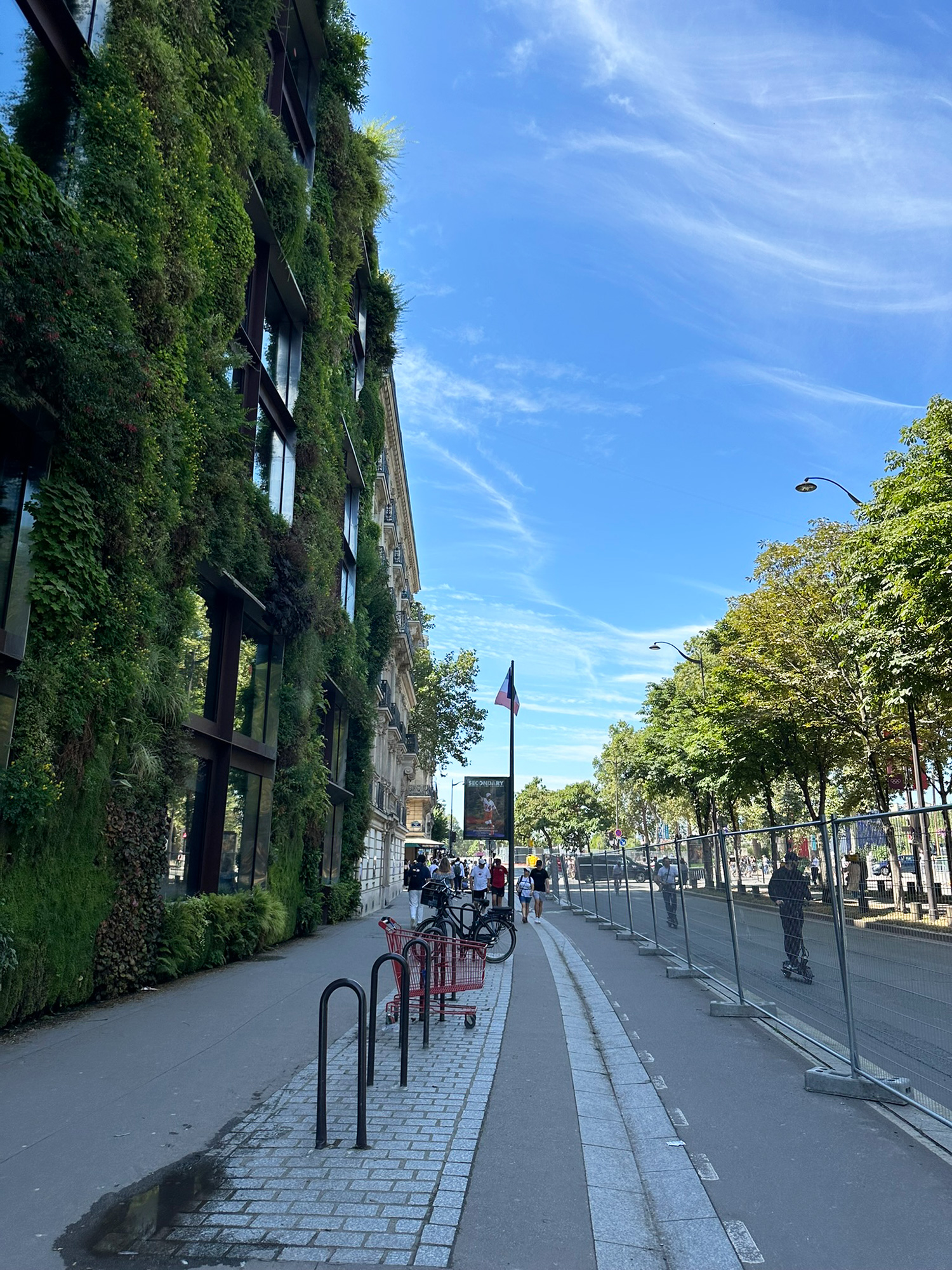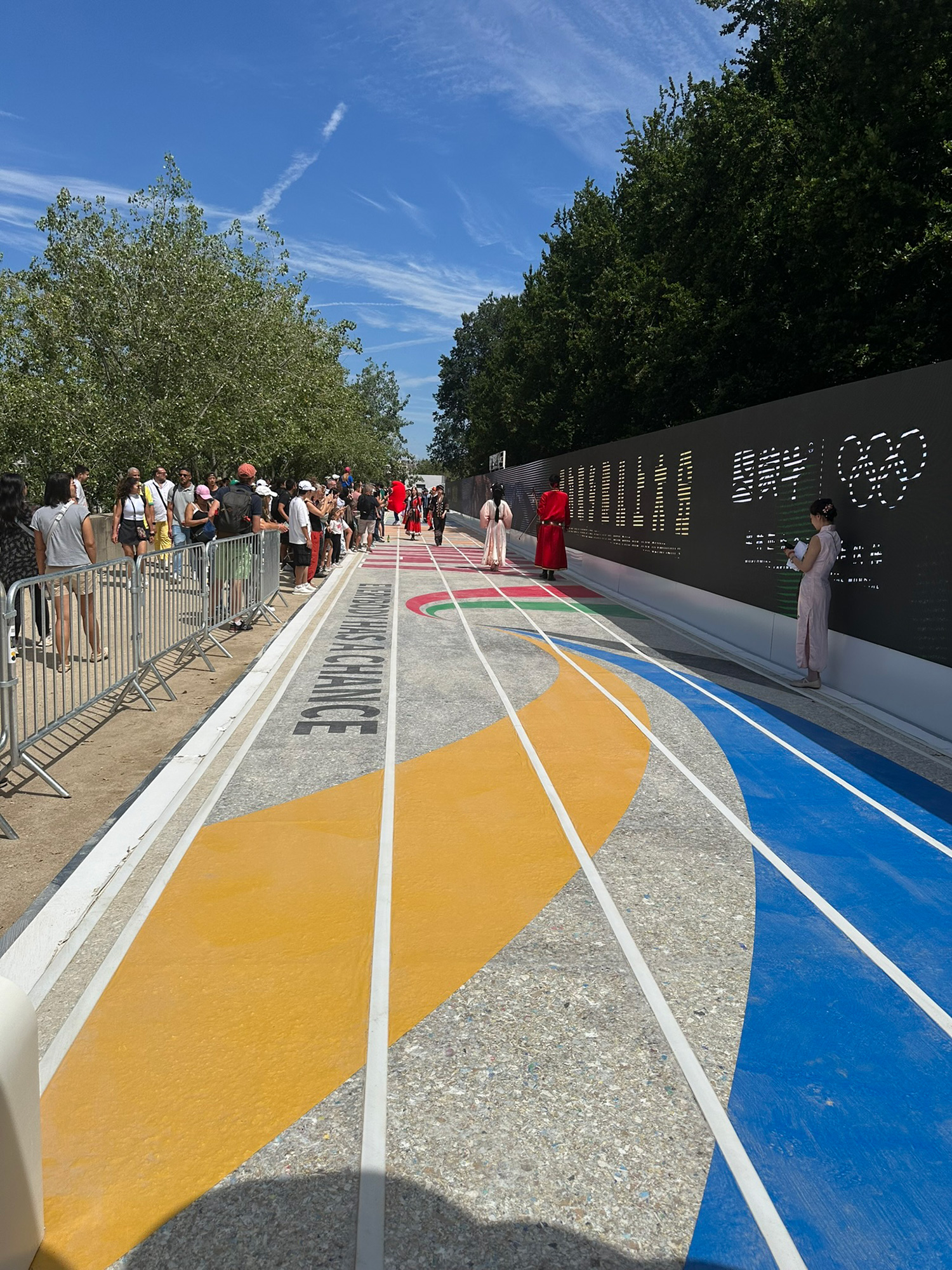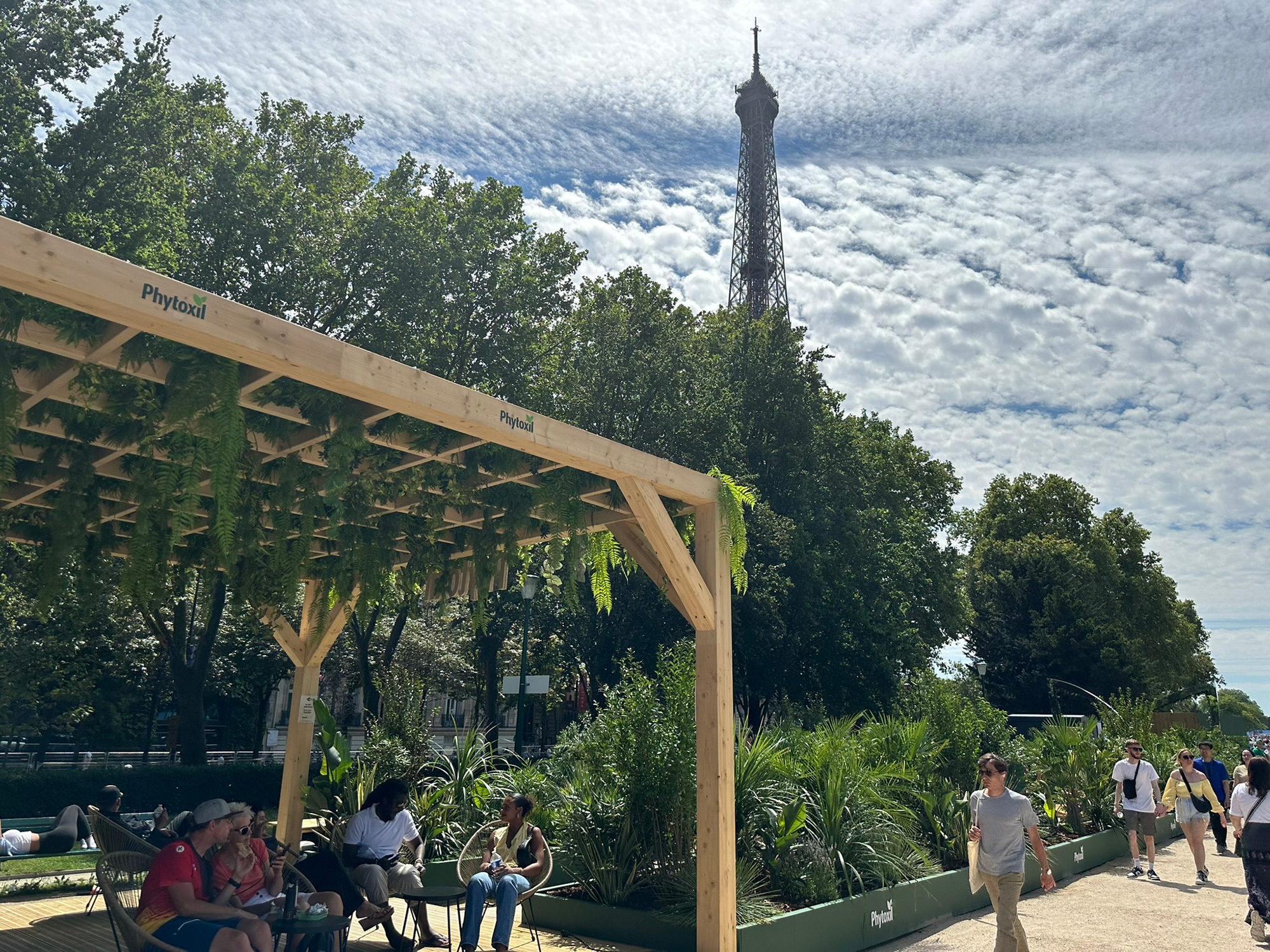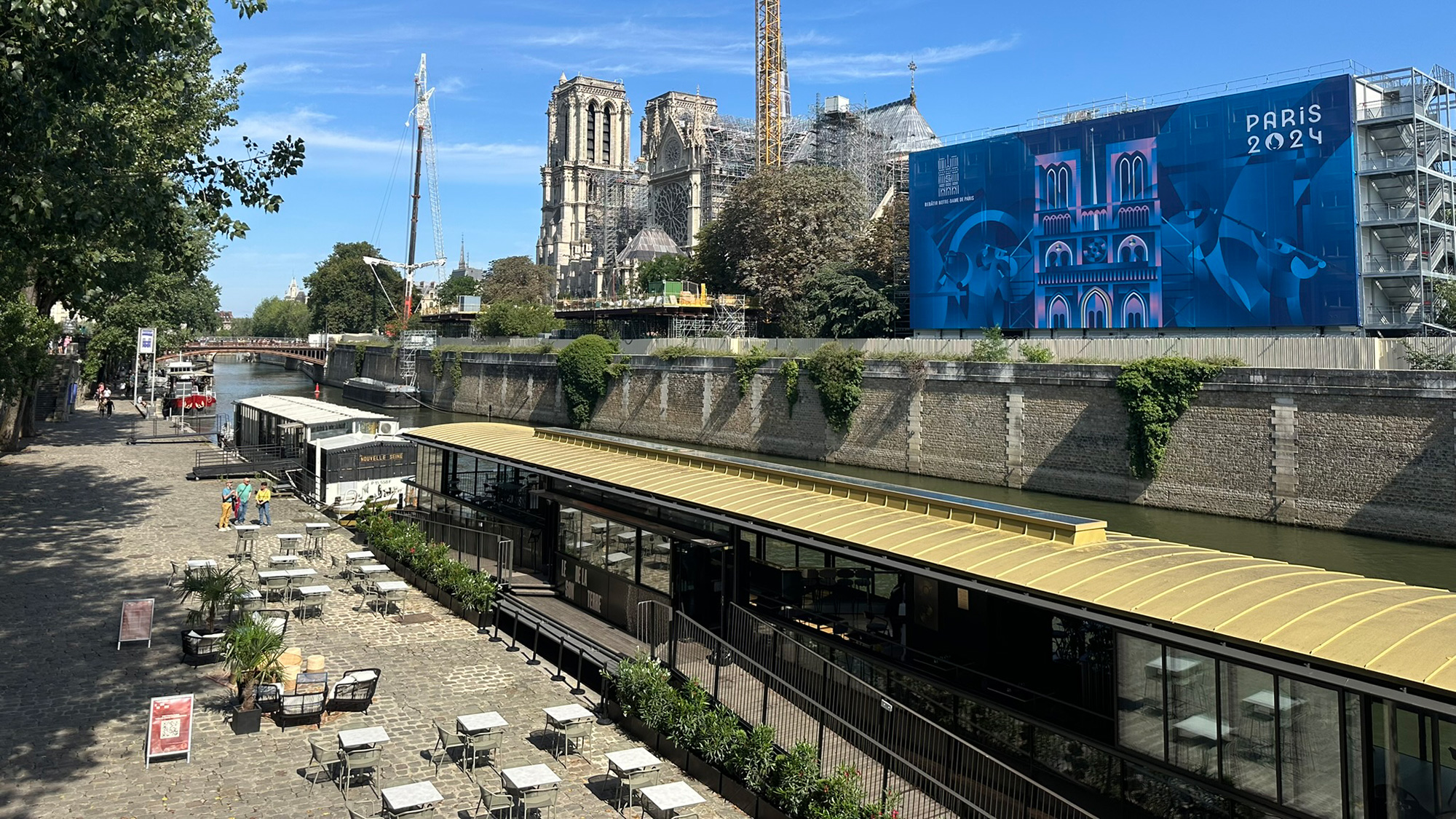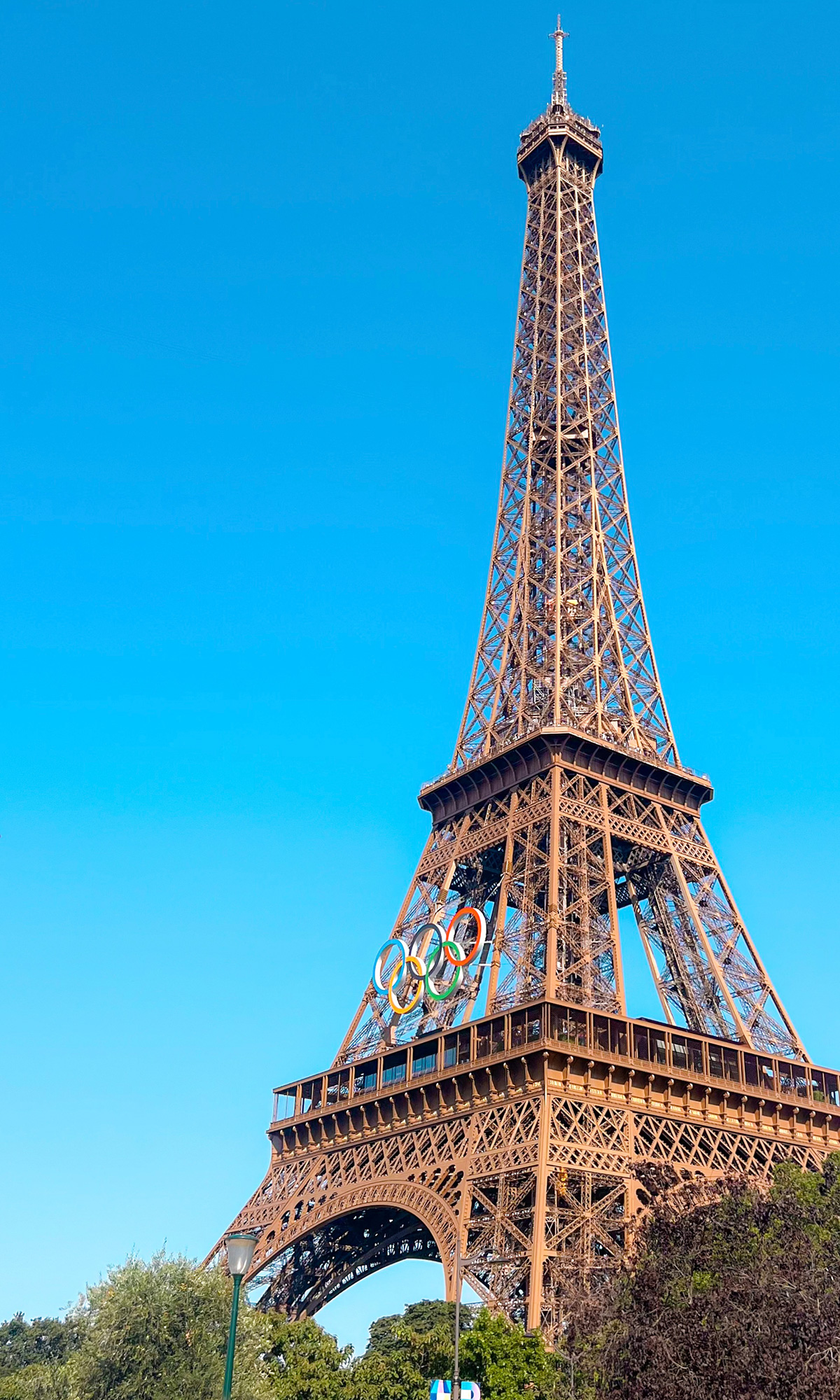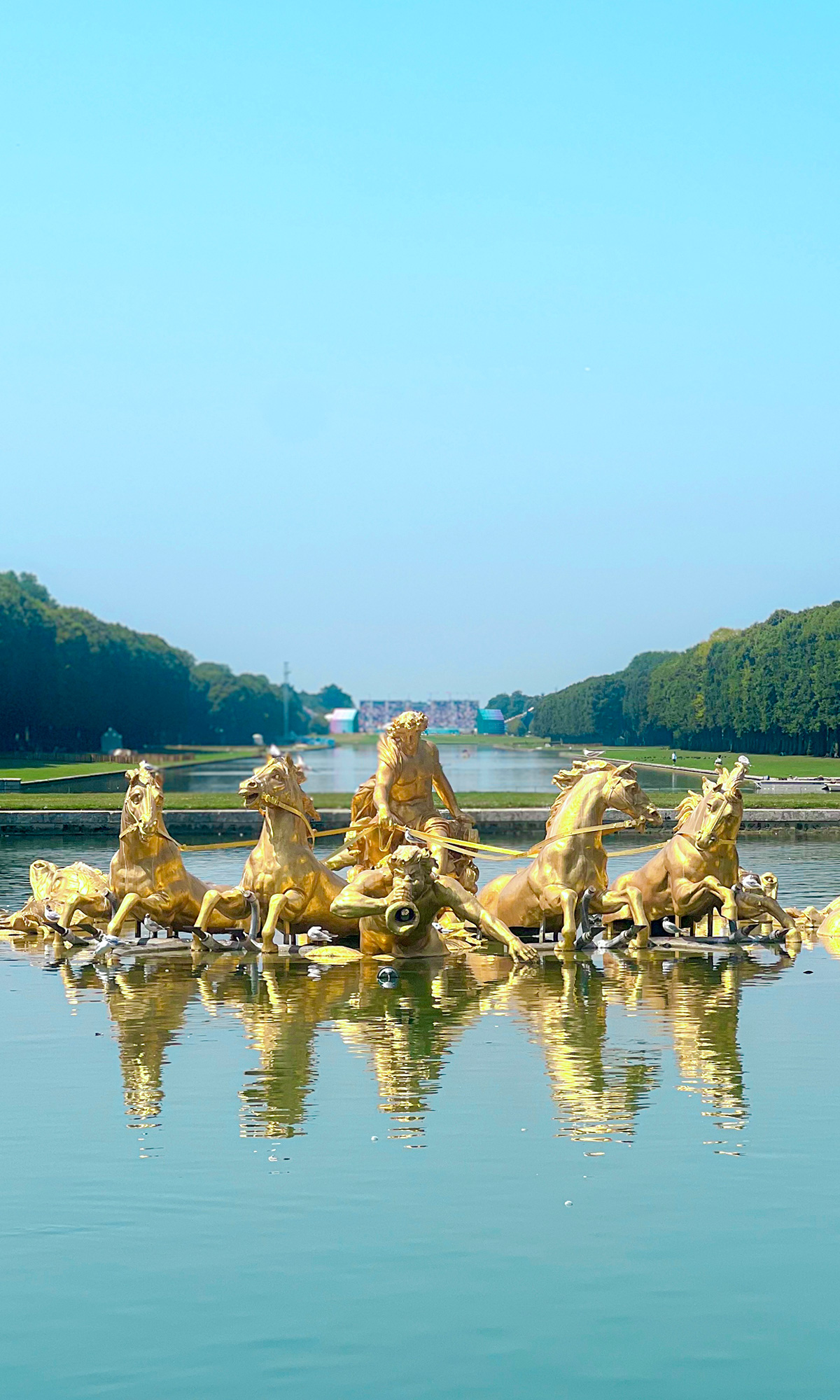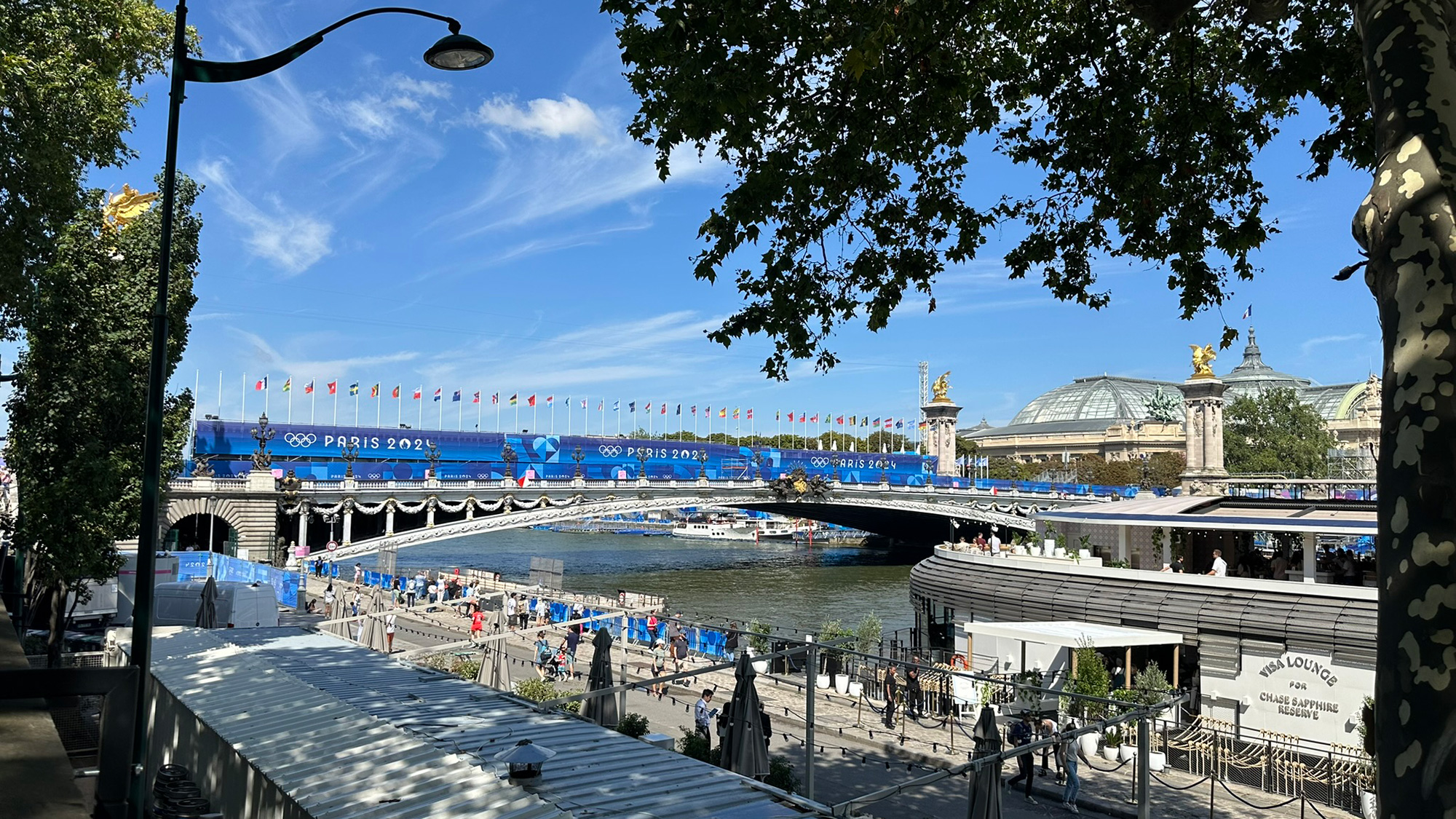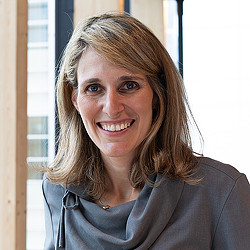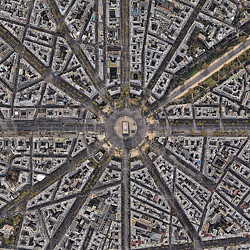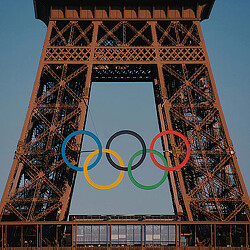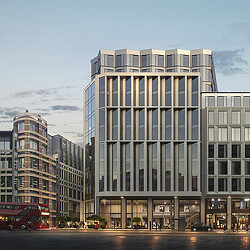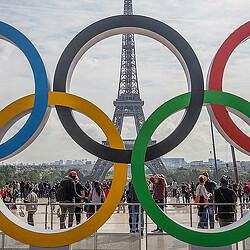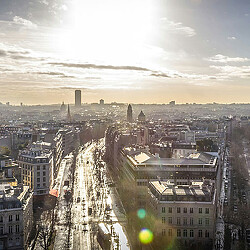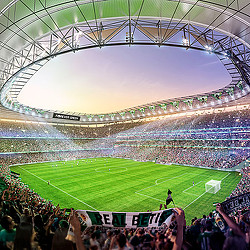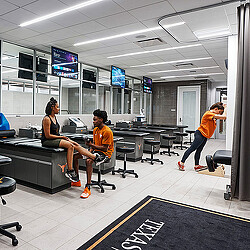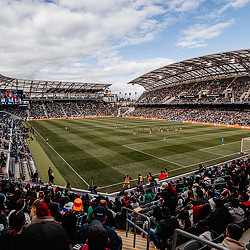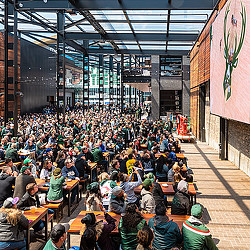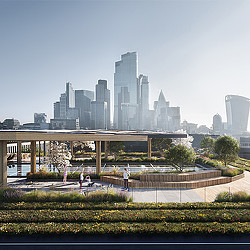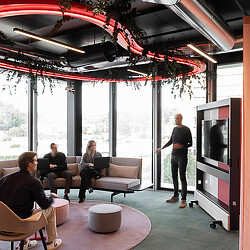Reflecting on the Paris 2024 Olympics:
A Catalyst for Urban Transformation
and Sustainability
How key trends emerging from the 2024 Summer Olympics are creating a more inclusive, sustainable future for sports and urban development.
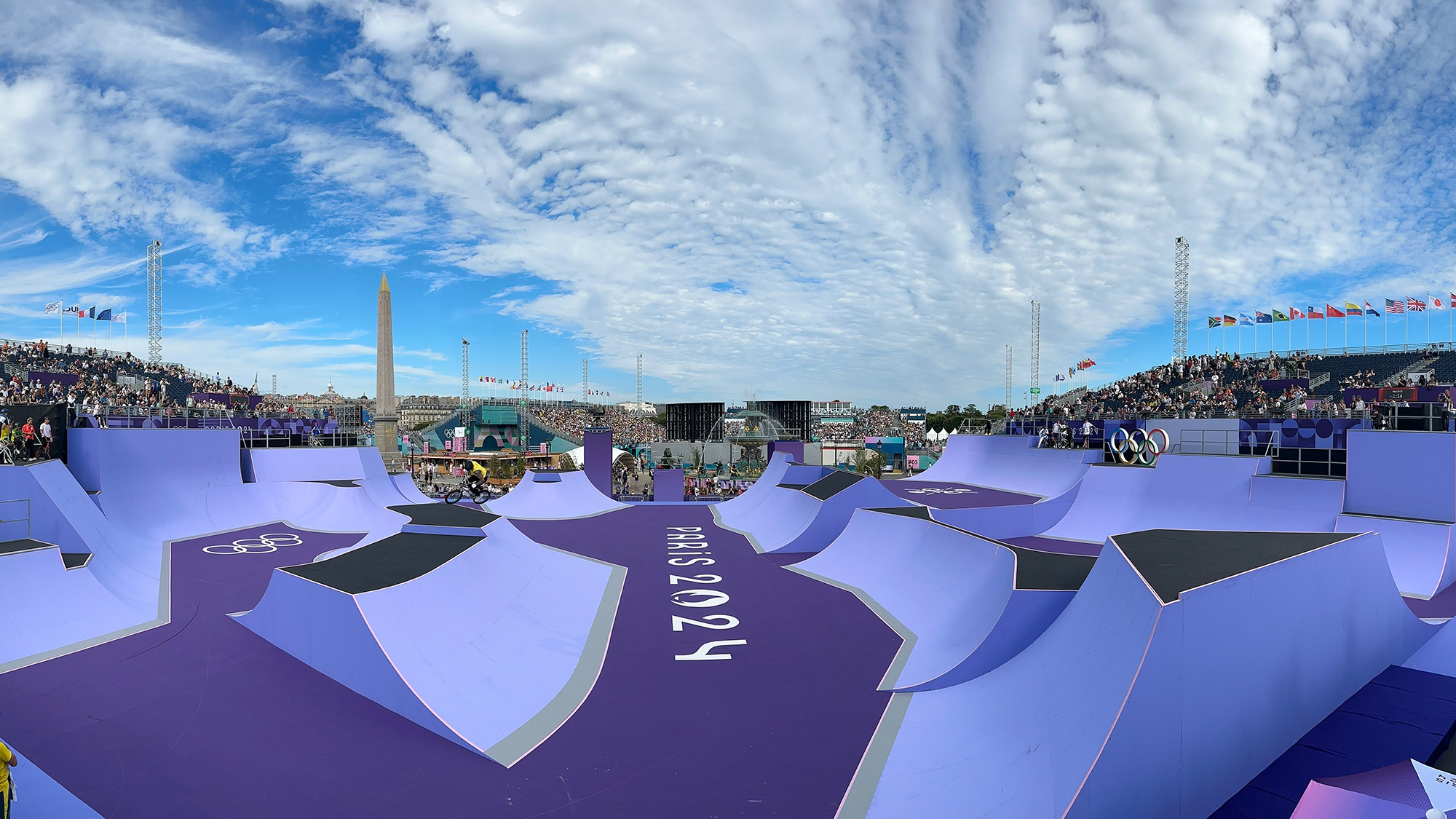
Having returned from the vibrant city of Paris, where I was fortunate enough to experience the 2024 Summer Olympics firsthand, I find myself reflecting on the profound impact this monumental event had on both the city and the world. As someone who is deeply passionate about architecture and urban development, I have always admired the French capital for its historical significance and its role as a pioneer in artistic movements like Impressionism and Art Nouveau. Yet, during the Olympics, Paris managed to surprise and inspire me in ways I had never anticipated.
During the Games, I was thrilled to see how the years of meticulous preparation had paid off. The transformation has been nothing short of remarkable, as the city emerged from its cocoon of construction to showcase great urban planning and sustainability — setting a new standard for global sporting events.
My insights were shaped not just by witnessing the Games but also by engaging in conversations with leading voices in the field. I had the privilege of being interviewed by Monocle Radio’s pop-up studio in Paris and the Commercial Observer regarding the Olympic Village’s impact on urban design. Additionally, my appearance on The Urbanist podcast offered a platform to discuss how sports can catalyse positive change in our cities.
I also engaged in conversations with my colleagues who also attended this year’s Games, Tammy Hart and Ethan Kitto, who emphasised the revolutionary changes the Games have had in creating a more inclusive and sustainable future for sports and urban development.
“Instead of the usual single Olympic Park, the events were spread all over the city,” Tammy said. “This fresh approach wasn’t just about changing the scenery; it was about blending the Games into Paris itself.”
Building upon my previous blog about what I expected to see in Paris this year, here are some key trends that emerged during the event:
1. Celebrating the History of Paris and Its Pioneers
Beyond celebrating athletic excellence, organisers also offered a tribute to Paris by meticulously weaving elements of the city’s iconic cultural and historical legacy into the fabric of the Games.
“The Games paid homage to historical figures and moments, with Marianne, symbol of the French Republic, incorporated into the logo and the ‘Phryge’ mascot, symbolising liberty and resilience,” Tammy said. “The involvement of trendsetters from various industries celebrated French innovation and creativity. Louis Vuitton designed the trunks for transporting medals and the Olympic flame. These choices reflected a commitment to aligning the Games with contemporary cultural trends and showcasing the nation’s prowess in diverse fields.”
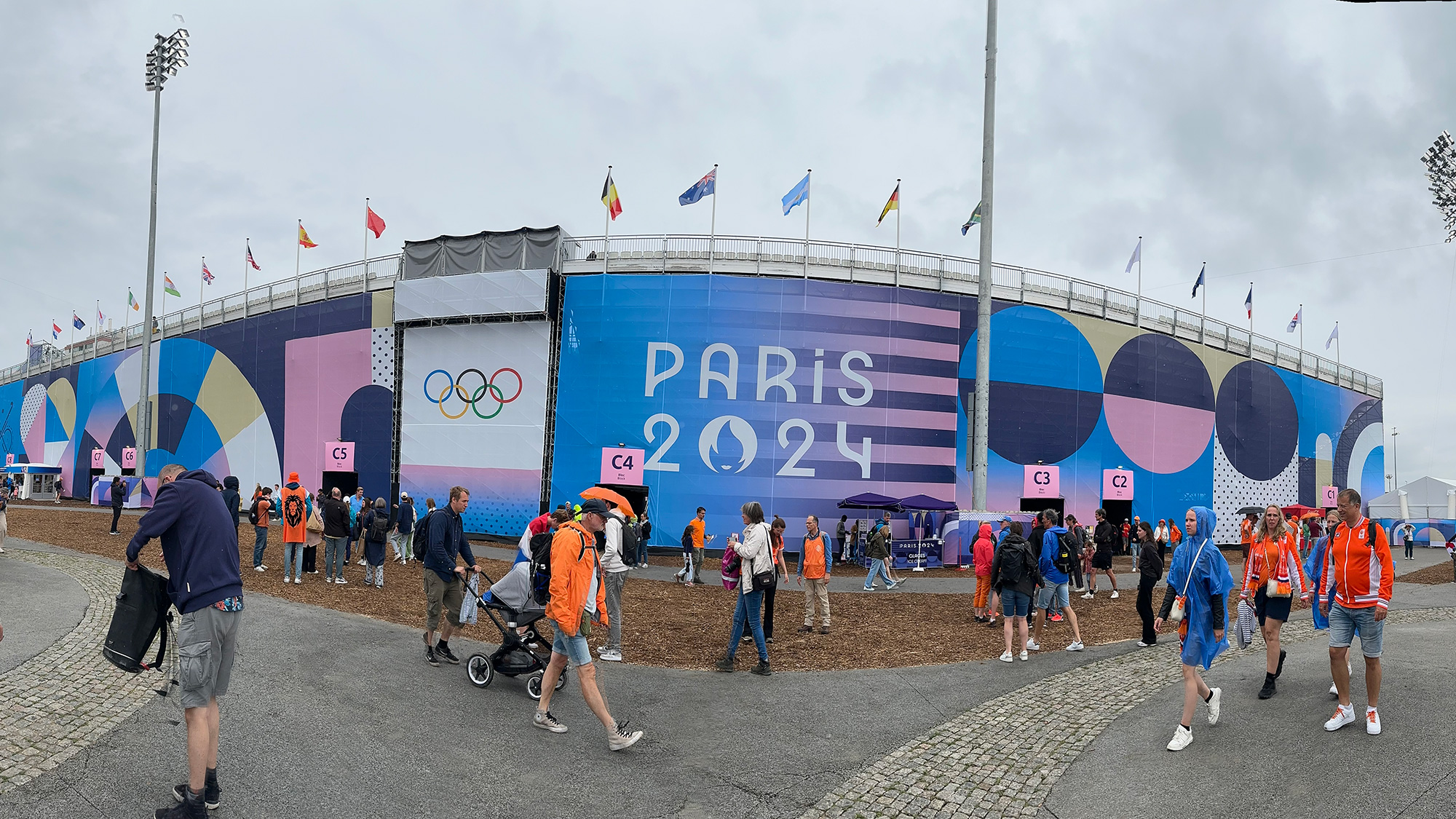
2. Accessibility and Inclusivity
The event embraced inclusivity in new ways, challenging traditional norms associated with the Games. The absence of a central Olympic Park has allowed for greater accessibility and community engagement. By bringing the Games closer to the people, Paris set a new standard for inclusivity and democratisation of major sporting events. For example, by hosting competitions in areas throughout the city, organisers sought to foster unity and address inequities between central Paris and economically disadvantaged suburbs.
Paris has also made significant efforts to keep its promise of accessibility. In my experience, temporary ramps, lifts, and shuttles made life much easier with a young child. My colleague Ethan, who commuted into Paris from Arras by train, highlighted the convenience and inclusivity of the transportation system:
“The trains allowed a wide range of areas to access Paris quickly to see the Olympics, which made the event more inclusive despite the skyrocketing hotel prices,” he said. “The double decker trains had lifts that extended to the platform for wheelchair users and passengers to access the train independently. Shuttle services also ran all day from the stations to various venues, enhancing accessibility.”
However, there has been criticism of the lack of improvements on the Metro ahead of the Paralympics, with only one of the 16 Metro lines fully wheelchair accessible. The International Paralympic Committee has acknowledged the challenges and emphasised the progress made in bus accessibility, where authorities have invested €125 million (£107 million) to ensure that all buses are now accessible and can accommodate two wheelchair users each. This investment is part of a broader effort to enhance transportation options for disabled people in the city. So, whilst there is room for improvement, Paris has made many steps in the right direction.
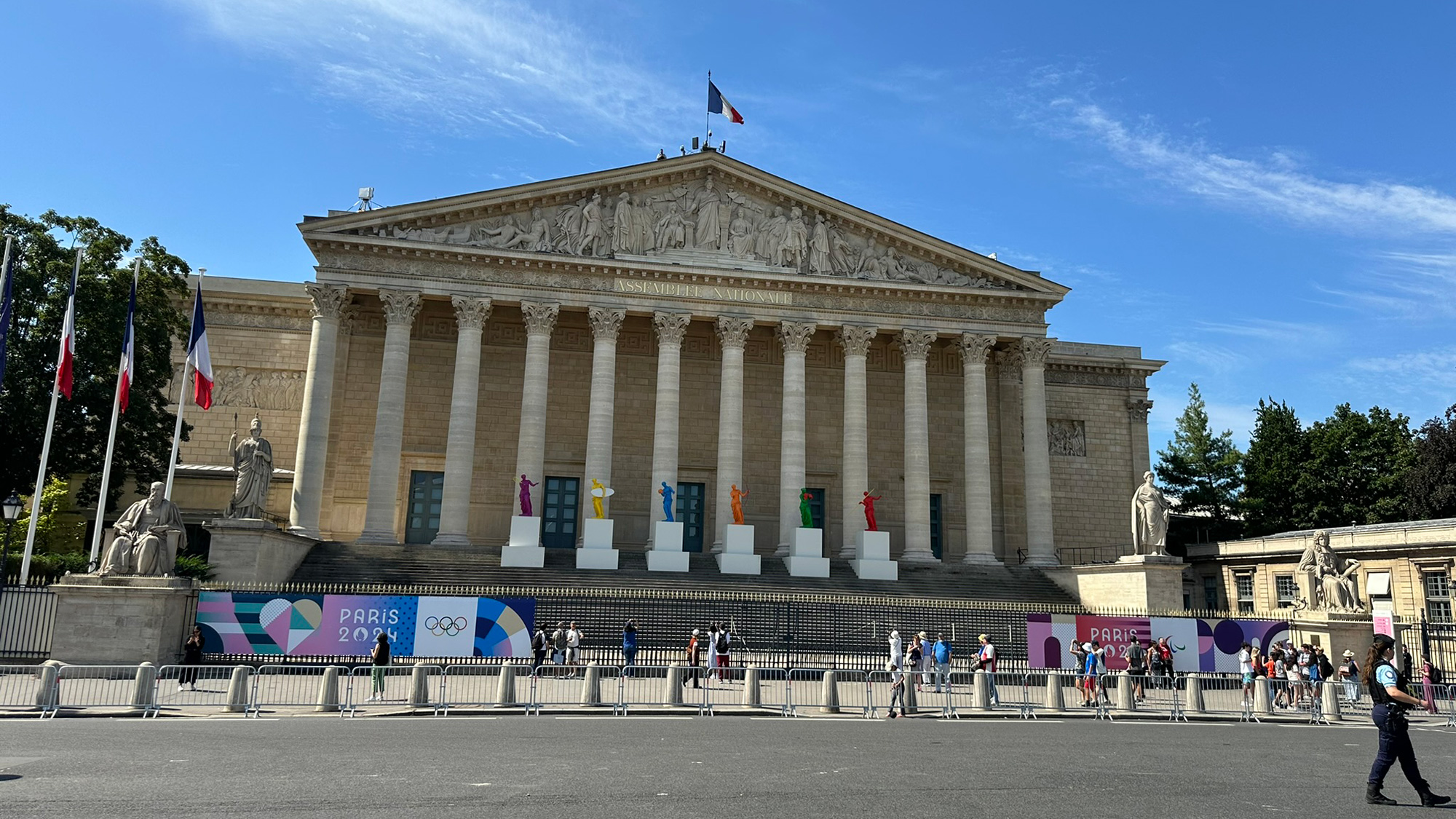
3. Sustainability as a Cornerstone
The Paris 2024 Olympic Games set a new benchmark for sustainability, embodying the ethos of reuse, renovation, and refurbishment. This commitment was evident in every aspect of the Games, from heavy investment in cleaning up the Seine to reviving neglected areas on the city’s outskirts. The emphasis on sustainable architecture and urban planning demonstrated a profound commitment to leaving a lasting positive legacy, although the change in water quality in the Seine highlighted the need for better contingency planning for weather-related challenges.
In one exemplary initiative, organisers encouraged spectators to bring their own bottles, accompanied by returnable cup schemes and the establishment of water refill stations at all venues to reduce plastic waste. Clear signage in multiple languages encouraged this responsible behaviour, and its popularity highlighted the potential for such practices to become standard in future events.
By incorporating the Olympics and Paralympics into the city’s daily life, Paris also encouraged sustainable transportation options, such as cycling and pedestrian-friendly initiatives. Paris has truly embraced a more environmentally friendly and human-centric design, prioritising people over cars. Despite major events occurring at iconic locations like Place de la Concorde, Champ de Mars, and the Grand Palais, the city’s extensive network of cycle lanes remained open, encouraging Parisians and tourists alike to explore the city on two wheels.
4. Urban Habits and Human-Centric Design
The advantages of integrating the Games into the city’s fabric extended beyond transportation. The Paris 2024 Olympics set a precedent for future host cities, demonstrating that the Games can be a catalyst for positive change in urban living. With a focus on designing multifunctional spaces that cater to both competition and community engagement, these facilities were not isolated entities but integral parts of the city’s fabric, encouraging year-round activity and interaction.
One of the most remarkable examples was the decision to use iconic locations such as the Grand Palais, Versailles, and Yves du Manoir, the 1924 Olympics Athletic Stadium. By blending the city’s architectural heritage with the spirit of the Games, Paris demonstrated the power of thoughtful design in creating environments that resonate with both locals and visitors, while prioritising reuse of these existing structures.
In my conversation on The Urbanist podcast, I discussed how sports can be a catalyst for change in our cities. The revitalisation of areas like Saint-Denis into thriving hubs of activity demonstrated the potential of sport to bring life into public spaces, boost local economies, and foster a sense of community. By prioritising inclusivity and sustainability, we are not merely building venues but creating long-term city assets that promote healthier lifestyles and vibrant neighbourhoods.
The technological integration was an impressive enhancement of our overall experience with the Games. An official Olympics app provided real-time updates and live event streaming, keeping us well-informed, while AR features at various venues added an interactive element to the experience.
One delightful surprise was the inclusion of kid-friendly areas in fan zones, where children could engage with sports through technology-driven activities like virtual tennis and photo opportunities. These fan zones were also places to watch the Games on-screen with food and beverage options on offer, adding to the overall experience.
“We were amazed by the numerous areas set up for viewing parties across the city for those not attending the main opening ceremony along the Seine, including a converted amphitheatre that provided shelter,” Ethan said. “The one we visited had a giant screen, kids’ games, temporary seating, and even a climbing frame for gymnastics. It really captured the essence of Paris’s rich history and its commitment to inclusivity and community engagement.”
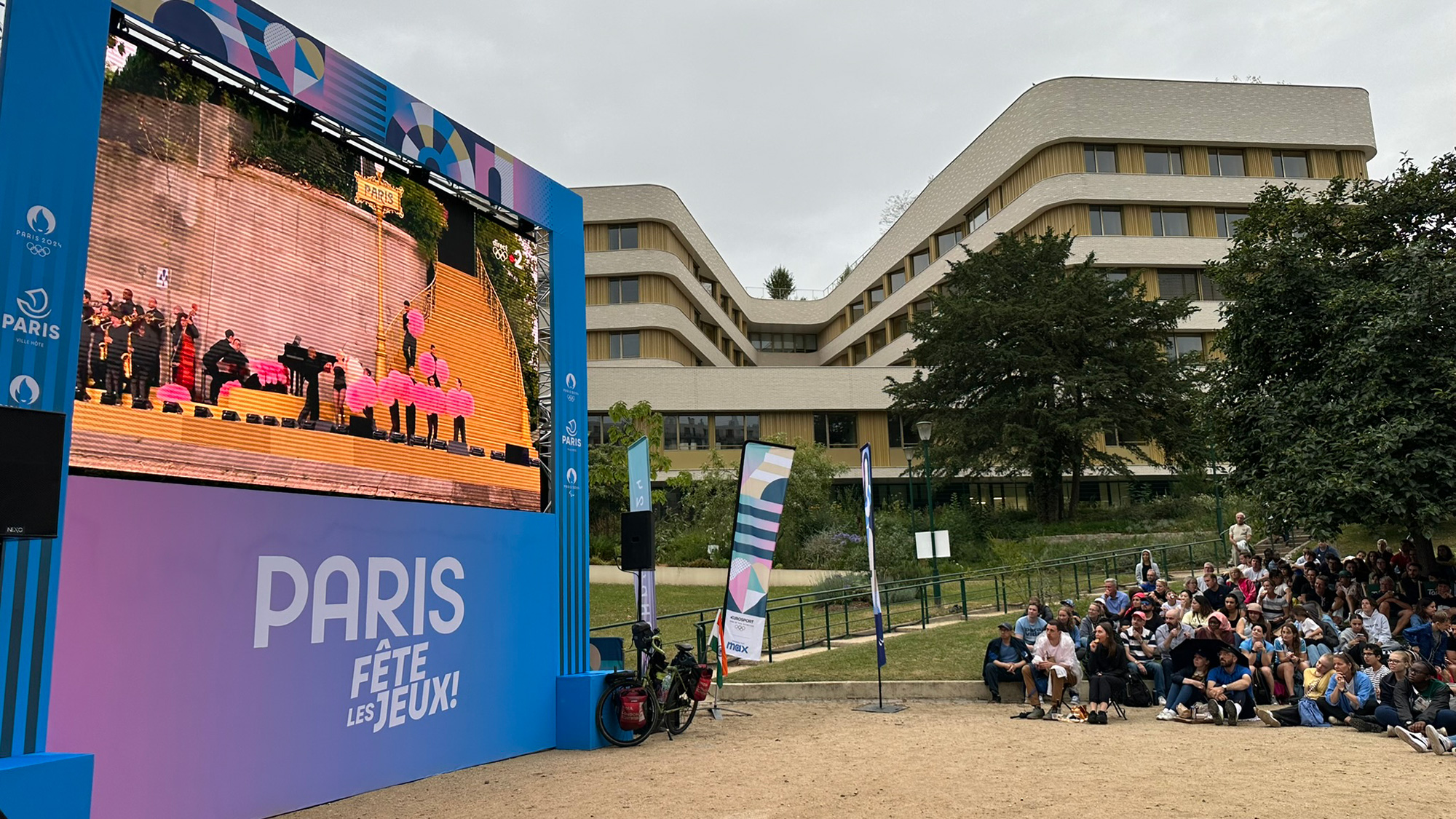
Future Prospects: Los Angeles and Beyond
The Paris 2024 Olympics have set a new standard, highlighting how sports can be a powerful force for positive change. By embracing these principles, we can ensure that future sporting events leave a lasting impact on our cities and communities, contributing to a more sustainable and inclusive world. As we look ahead to future Olympic Games, including Los Angeles 2028, it is crucial to carry forward the lessons learned from Paris. The emphasis on sustainable practices, inclusivity, and thoughtful design offers a roadmap for creating events that resonate with the spirit of our times.
From the athletes who inspired us to the city that welcomed us, this journey has been a testament to the enduring power of sport and the limitless possibilities of urban transformation. As an architect and urban planner, I am more committed than ever to designing spaces that reflect the values of inclusivity, sustainability, and community, building a brighter future for all.
For media inquiries, email .
